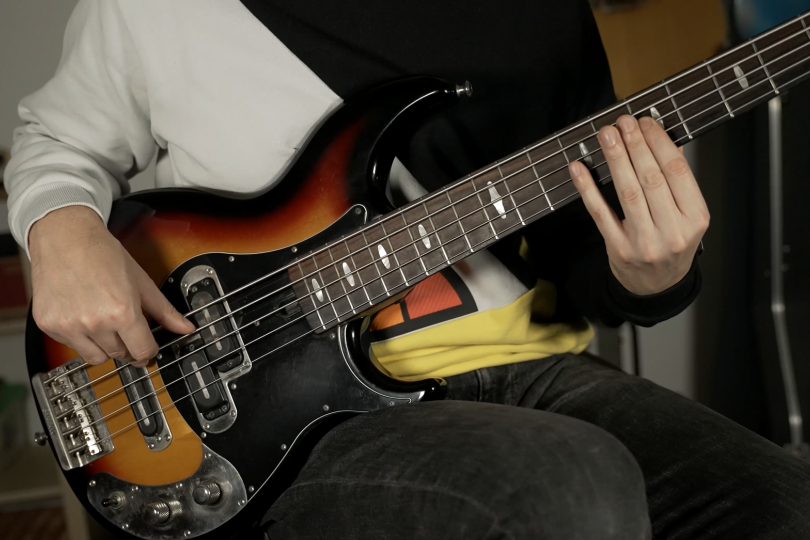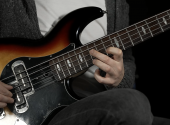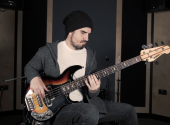
Bass Around the World #19: Liquid Grooves
The first time I heard the name Chuck Rainey was when I was watching John Patitucci’s Electric Bass video course on VHS. Yeah, childhood in the nineties with cassettes, walkmans and VHS players.
What really got my attention was the fluidity of the groove that Patitucci was playing. I loved those sixteenth note phrases and his highly melodic approach, using mostly a combination of root notes, fifths and octaves. However, when I heard that tasty double-stop at the end of the third loop I fell in love with Rainey's style. As a session player, Chuck Rainey worked with a hall of famous artists such as Aretha Franklin, Steely Dan, Quincy Jones, George Benson, Joe Cocker and even Louis Armstrong. Some say that his bass is on more than 1000+ albums and it makes him one of the most recorded bass players in history.
Lesson time
We’re going to play Patitucci’s interpretation of Chuck Rainey's style as he presented in his Electric Bass instructional video. He called it fluid and I love it, as we’ll practise some tricky sixteenth note grooves.
Let’s start with the harmonic structure—Em, D, C and B with one bar of F in the second loop. The beauty of the bass line lies in anticipated sixteenth note flow—notice the missing third beat in the groove and then how it comes one sixteenth note before the fourth beat. That is the core phrase of the bass line which is driving it forward.
Another great feature is his creative use of fifths and octaves—it creates that fluid motion I mentioned, as our ears love ascending and descending types of melody lines. Check out his stunning lick with a double stop at bar 12—pure genius.
Make sure you get in the pocket and pay attention to all details in the groove.
Have some liquid fun and see you next time, groovers.
If you have found an error or typo in the article, please let us know by e-mail info@insounder.org.





